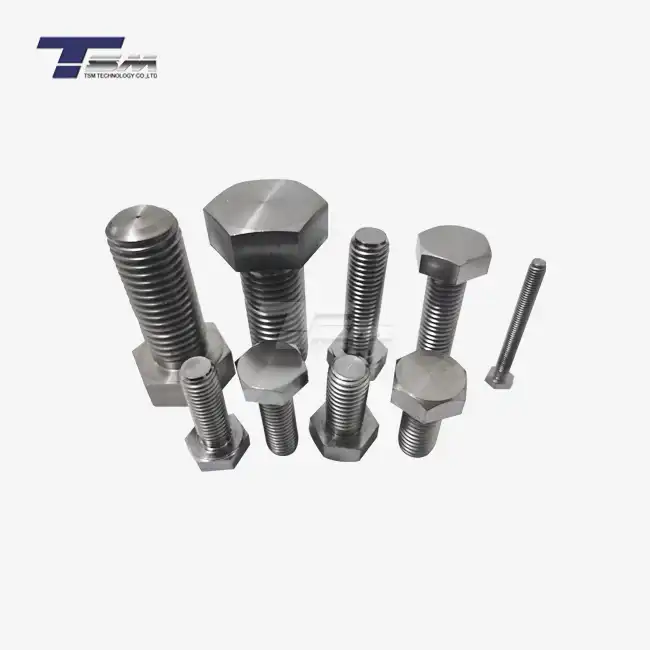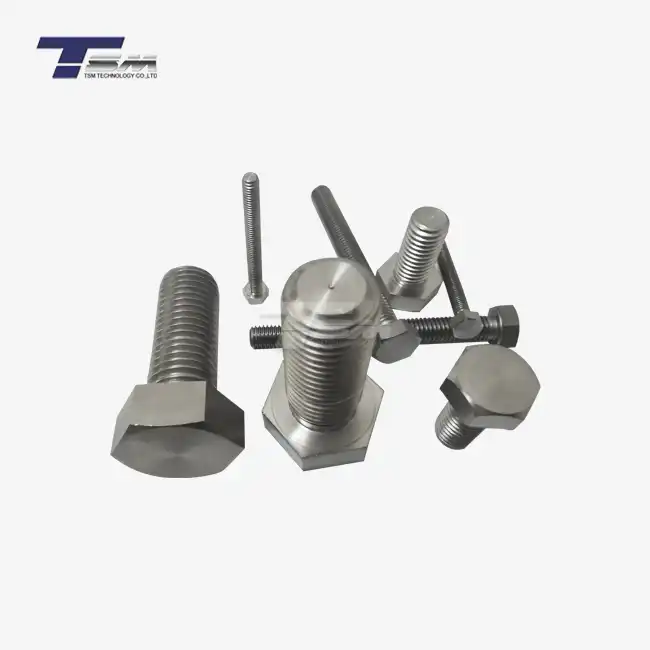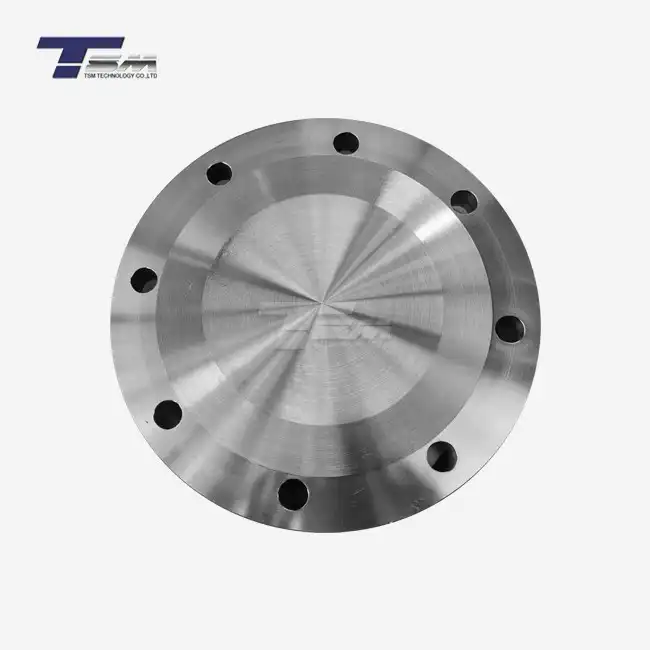- English
- French
- German
- Portuguese
- Spanish
- Russian
- Japanese
- Korean
- Arabic
- Greek
- German
- Turkish
- Italian
- Danish
- Romanian
- Indonesian
- Czech
- Afrikaans
- Swedish
- Polish
- Basque
- Catalan
- Esperanto
- Hindi
- Lao
- Albanian
- Amharic
- Armenian
- Azerbaijani
- Belarusian
- Bengali
- Bosnian
- Bulgarian
- Cebuano
- Chichewa
- Corsican
- Croatian
- Dutch
- Estonian
- Filipino
- Finnish
- Frisian
- Galician
- Georgian
- Gujarati
- Haitian
- Hausa
- Hawaiian
- Hebrew
- Hmong
- Hungarian
- Icelandic
- Igbo
- Javanese
- Kannada
- Kazakh
- Khmer
- Kurdish
- Kyrgyz
- Latin
- Latvian
- Lithuanian
- Luxembou..
- Macedonian
- Malagasy
- Malay
- Malayalam
- Maltese
- Maori
- Marathi
- Mongolian
- Burmese
- Nepali
- Norwegian
- Pashto
- Persian
- Punjabi
- Serbian
- Sesotho
- Sinhala
- Slovak
- Slovenian
- Somali
- Samoan
- Scots Gaelic
- Shona
- Sindhi
- Sundanese
- Swahili
- Tajik
- Tamil
- Telugu
- Thai
- Ukrainian
- Urdu
- Uzbek
- Vietnamese
- Welsh
- Xhosa
- Yiddish
- Yoruba
- Zulu
What is the Difference Between Hastelloy c276 and c22?
When choosing the right material for demanding industrial applications, understanding the nuances between alloys can make all the difference. Hastelloy C276 and C22, both renowned for their corrosion resistance, often spark curiosity among engineers and procurement specialists. The primary distinction lies in their chemical composition, which influences their performance in specific environments. Hastelloy C276 excels in oxidizing and reducing conditions, offering robust resistance to pitting and stress corrosion cracking, making it ideal for harsh chemical processing. In fact, Hastelloy C276 tube is often used in critical applications where durability and reliability are paramount. Conversely, Hastelloy C22 provides superior resistance to localized corrosion and performs exceptionally in oxidizing acidic environments, often preferred for applications involving strong oxidizers. Both alloys serve precision engineering and machine shops globally, yet their unique strengths cater to distinct challenges, ensuring optimal performance tailored to your needs.
Exploring the Chemical Composition of Hastelloy C276 and C22
Elemental Breakdown of Hastelloy C276
Hastelloy C276, a nickel-molybdenum-chromium alloy, is celebrated for its versatility in corrosive environments. Its composition includes a significant nickel content, typically around 57%, which forms the backbone of its corrosion resistance. Molybdenum, at approximately 16%, enhances its ability to withstand pitting and crevice corrosion, particularly in chloride-rich settings. Chromium, making up about 15%, bolsters its resistance to oxidizing media. Trace amounts of tungsten and iron further refine its mechanical properties, ensuring durability under extreme conditions. This balanced composition makes Hastelloy C276 seamless pipe a preferred choice for chemical processing plants and marine applications, where exposure to aggressive substances is commonplace.

Elemental Breakdown of Hastelloy C22
Hastelloy C22, while similar, offers Hastelloy c276 seamless pipe slightly different profile, tailored for specific challenges. Its nickel content is marginally higher, often exceeding 58%, providing a robust foundation against corrosion. Chromium levels are elevated to around 22%, significantly enhancing its performance in oxidizing acidic environments, such as those involving nitric acid or wet chlorine. Molybdenum, at about 13%, is slightly lower than in C276, but still effective against pitting. The inclusion of vanadium and reduced iron content further sharpens its resistance to localized corrosion. This composition makes Hastelloy C22 an excellent candidate for applications requiring exceptional performance in highly oxidizing conditions, often seen in pharmaceutical and waste treatment industries.
How Composition Influences Applications?
The subtle differences in composition between Hastelloy C276 and C22 directly influence their suitability for various applications. Hastelloy C276 tubing, with its balanced resistance to both oxidizing and reducing environments, is often utilized in flue gas desulfurization systems and pulp and paper production, where versatility is paramount. On the other hand, Hastelloy C22's enhanced chromium content makes it the alloy of choice for environments with strong oxidizers, such as in the production of acetic acid or in pollution control equipment. For industries relying on precision engineering, understanding these compositional nuances ensures the selection of the most effective material, optimizing both performance and longevity in demanding conditions.
Performance Characteristics in Harsh Environments
Corrosion Resistance in Diverse Media
Both Hastelloy C276 and C22 are engineered to combat corrosion, yet their strengths diverge in specific media. Hastelloy C276 excels in environments with reducing agents, such as hydrochloric and sulfuric acids, due to its high molybdenum content. Its ability to resist pitting and stress corrosion cracking in chloride-rich settings makes alloy C276 tube a staple in offshore oil and gas platforms. Conversely, Hastelloy C22 shines in oxidizing media, offering unparalleled resistance to ferric and cupric chlorides, as well as wet chlorine. This makes it indispensable in applications involving aggressive oxidants, ensuring longevity and safety in chemical reactors and waste management systems.
High-Temperature Stability
Temperature extremes pose significant challenges to material integrity, yet both alloys demonstrate remarkable resilience. Hastelloy C276 maintains its mechanical properties up to approximately 1,900°F (1,038°C), making it suitable for high-temperature chemical processing and heat exchangers. Its ability to resist oxidation and carburization at elevated temperatures ensures consistent performance in demanding settings. Hastelloy C22, while also heat-resistant, is often chosen for applications where thermal stability must be paired with resistance to oxidizing acids, such as in incineration plants. Both alloys, available in forms like Hastelloy C276 seamless pipe, provide reliable solutions for industries where thermal and corrosive challenges coexist, ensuring operational efficiency.
Mechanical Strength and Durability
Beyond corrosion and heat resistance, mechanical strength is a critical factor in material selection. Hastelloy C276 offers exceptional toughness, with a tensile strength of around 100 ksi, making it ideal for applications involving high mechanical stress, such as in pressure vessels and piping systems. Its ductility ensures it can be formed into complex shapes, catering to the needs of precision engineering. Hastelloy C22, with a slightly lower tensile strength but enhanced resistance to localized attack, is preferred in environments where mechanical integrity must be maintained despite exposure to aggressive chemicals. Both alloys, rigorously inspected by suppliers like TSM Technology, deliver durability and reliability, meeting the stringent demands of global machine shops.
Practical Applications and Industry Insights
Industry-Specific Uses of Hastelloy C276
Hastelloy C276's versatility makes it a cornerstone in numerous sectors. In the chemical processing industry, Hastelloy C276 tubing is widely used in reactors and piping systems handling acids and chlorides, ensuring operational continuity in harsh conditions. The oil and gas sector relies on alloy C276 tube for downhole and surface equipment, where resistance to sour gas and seawater corrosion is essential. Additionally, its application in flue gas desulfurization systems highlights its ability to handle mixed corrosive environments, making it a trusted choice for environmental control technologies. TSM Technology's rigorous quality control ensures that each Hastelloy C276 seamless pipe meets the exacting standards of these industries, delivering unparalleled performance.
Industry-Specific Uses of Hastelloy C22
Hastelloy C22, with its specialized resistance to oxidizing media, finds its niche in applications requiring precision and reliability. The pharmaceutical industry utilizes it in equipment for producing high-purity chemicals, where contamination risks must be minimized. In waste treatment, Hastelloy C22's ability to withstand aggressive oxidants makes it ideal for scrubbers and incinerators. Its use in pollution control equipment, such as wet scrubbers handling chlorine dioxide, underscores its value in environmental applications. Hastelloy C22 offers a material that balances performance with formability for machine shops crafting components for these sectors, ensuring components meet stringent regulatory standards while maintaining cost-efficiency.
Cost-Effectiveness and Material Selection
While both alloys offer exceptional performance, cost-effectiveness is a key consideration in material selection. Hastelloy C276, with its broader applicability, often provides a more economical solution for applications facing mixed corrosive challenges, reducing the need for multiple materials. Hastelloy C22, though potentially more expensive due to its specialized composition, delivers value in environments where its unique resistance to oxidizing acids prevents costly downtime and maintenance. For industries served by TSM Technology, selecting between Hastelloy C276 tubing and C22 involves assessing environmental conditions, mechanical requirements, and budget constraints. Consulting with experts ensures that the chosen alloy aligns with both technical and financial objectives, maximizing return on investment.
Conclusion
Navigating the differences between Hastelloy C276 and C22 empowers industries to make informed decisions, ensuring optimal performance in challenging environments. While Hastelloy C276, including Hastelloy C276 tube, offers versatile corrosion resistance across reducing and oxidizing conditions, Hastelloy C22 excels in highly oxidizing media, providing targeted solutions for specific applications. Both alloys, available in forms like seamless pipes and tubing, cater to the precision engineering and machine shop sectors globally, delivering durability and reliability. By understanding their chemical compositions, performance characteristics, and practical uses, businesses can select the most suitable material, balancing efficacy with cost. TSM Technology stands ready to support this journey, offering superior alloys backed by rigorous quality control.
Contact Us
For more information about Hastelloy C276 tube, Hastelloy C276 seamless pipe, or Hastelloy C276 tubing, please contact us at info@tsm-technology.com. Our team of experts is ready to assist you in choosing the right alloy for your specific needs.
References
Haynes International, Inc. "Hastelloy C-276 Alloy: Technical Data Sheet."
Special Metals Corporation. "Hastelloy C-22 Alloy: Properties and Applications."
Nickel Institute. "Corrosion Resistance of Nickel Alloys in Chemical Processing Environments."
ASM International. "Materials Handbook: Corrosion-Resistant Alloys."
International Journal of Materials Research. "Comparative Study of Hastelloy Alloys in Oxidizing and Reducing Media."
Chemical Engineering Journal. "Performance Evaluation of Nickel-Based Alloys in Harsh Industrial Applications."
Learn about our latest products and discounts through SMS or email



